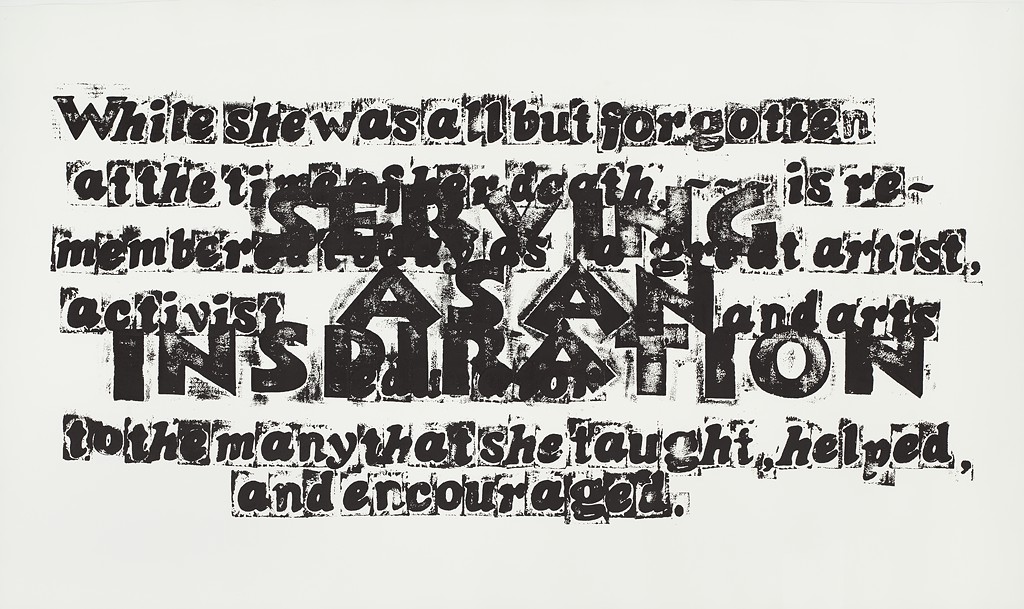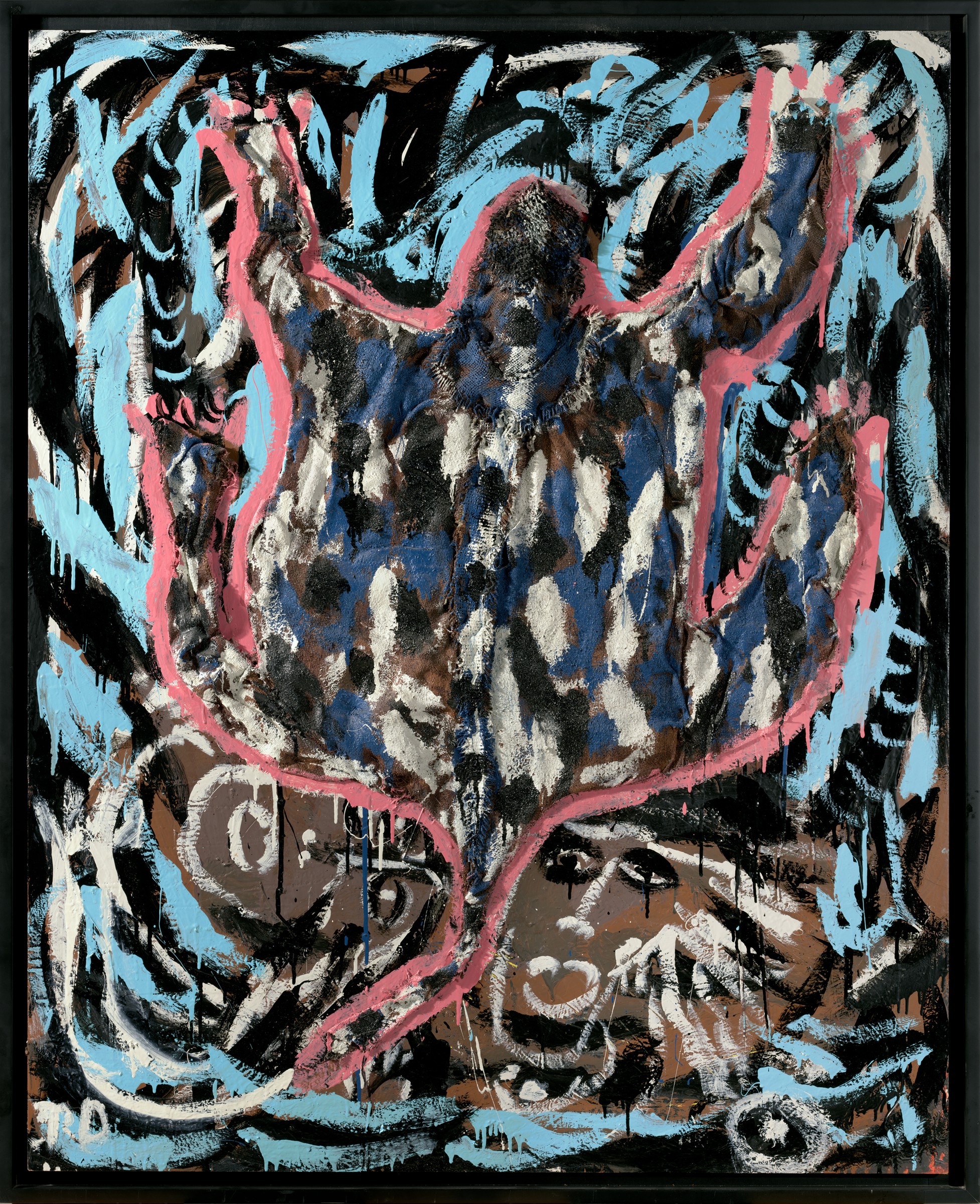On June 19, 1865, Union troops marched into Texas, the westernmost Confederate state, bringing news to enslaved African Americans that they were free. And yet the promises of Emancipation, and of the constitutional amendments that followed, have not been fully realized. While Black Americans have made extraordinary achievements over the intervening century and a half, racial discrimination, terror, and violence continue to be leveled against them.
Seeking to foster continued discussion around this longstanding and ongoing injustice—in the wake of the murders of George Floyd, Breonna Taylor, Ahmaud Arbery, Tony McDade, Dion Johnson, Rayshard Brooks, and so many others—this final installment in our three-part series considers a selection of works by modern and contemporary Black artists who, over the last few decades, have addressed the history of systemic racism and the inextricable relationship of past and present. In print and in paint, these artists reflect on the Black American experience by synthesizing historical narratives, popular culture, and personal stories.
Legacies
With the print pictured above, made during a residency at the Brandywine Workshop in Philadelphia in 2009, conceptual artist Hank Willis Thomas re-creates a 1760 advertisement for a South Carolina sale of 250 enslaved African men, women, and children. Thomas reproduces the ad’s text verbatim but replaces its schematic renderings of African figures with the silhouettes of two modern celebrities: Shaquille O’Neal and Michael Jackson. This provocative juxtaposition of past and present, enslavement and success, raises questions about the legacy of slavery and the continued commodification of Black bodies. In connection with works like this one, Thomas has remarked on the spectacle of the enslaved, abused, and lynched in relation to that of the athletes and performers on whose labor multibillion-dollar industries rely. At the same time, this print prompts consideration of the accomplishments and agency of individuals like O’Neal—the silhouette is his logo, which he trademarked while still in college. The work stands both as an acknowledgment of Black achievement and as an indictment of a society that still fails to value all Black lives.
To hear Hank Willis Thomas speak on the intersection of art, race, and justice, watch a conversation with him at Radcliffe’s Vision & Justice program in April 2019.
Joanna Sheers Seidenstein, Stanley H. Durwood Foundation Curatorial Fellow, Division of European and American Art




